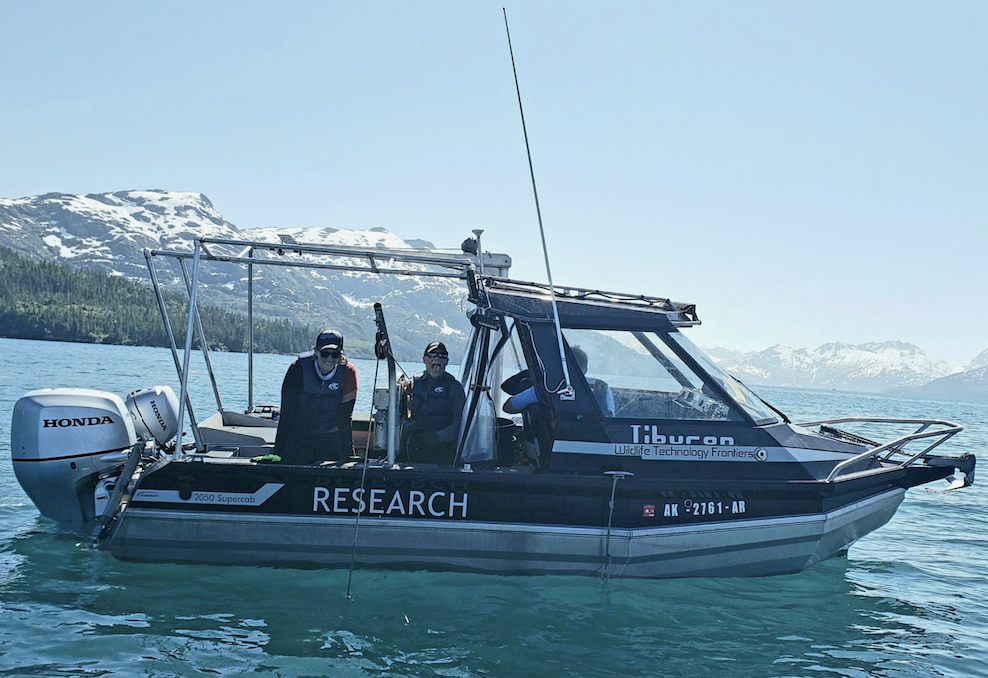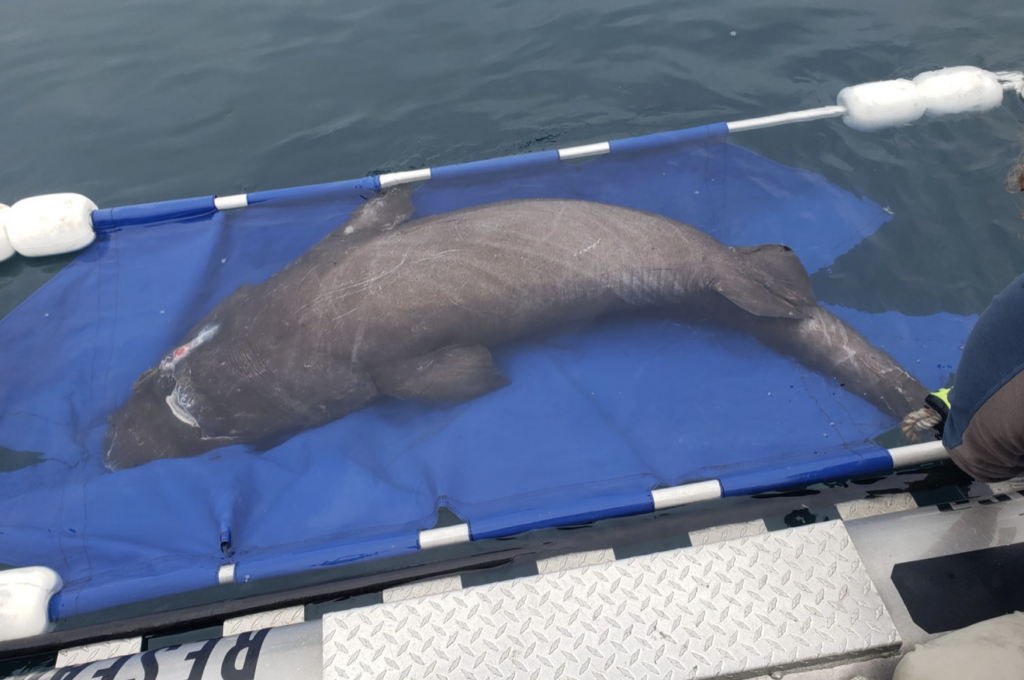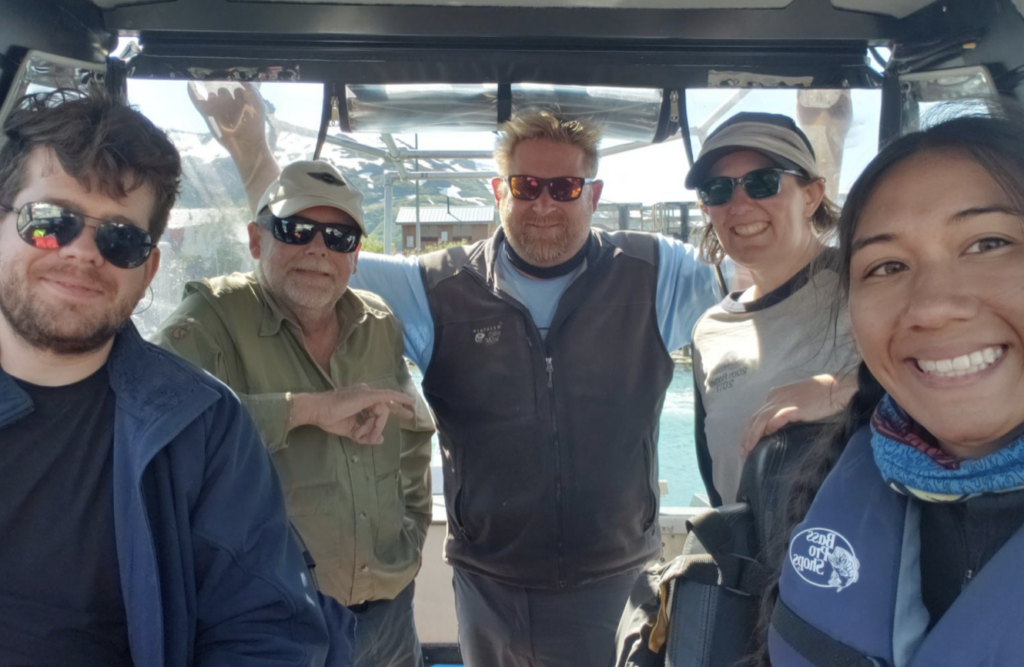This summer, AOOS is supporting a student from the Alaska Native Science and Engineering Program to work on a sleeper shark research project under the direction of Dr. Markus Horning. The intern, Nadia Barcelona, will be sending regular notes from the field. Here are her first field notes from “Sleeper Sharks: Episode 1”
Hey everyone! My name is Nadia Barcelona, I am a current undergrad at the University of Alaska, Anchorage studying biology to further my career in field wildlife research. I recently got involved in the Sleeper Shark Project with the help and involvement of the Alaska Ocean Observing System (AOOS), Alaska Native Science and Engineering Program (ANSEP) and Wildlife Technology Frontiers (WTF). The Sleeper Shark Project is led by Dr. Markus Horning (also known as SharkusMarkus; WTF), Dr. Amy Bishop (UAF) and Dr. Julie Nielsen (Kingfisher Marine Research). This project is funded by the North Pacific Research Board and has been around since 2018, but my involvement started 2 years ago when I volunteered for a day to go sharking off of Resurrection Bay. We didn’t catch any that day but as obsessed as I am with sharks, I knew I had to come back. Now, I’m interning at the new research location in Prince William Sound throughout the entire summer, and with very high hopes!
Sleeper sharks (Somniosus pacificus) are the lesser known cousins of Greenland sharks, and are fairly similar in physique and behavior. The sharks, which are often regarded as a nuisance to fisherman, were not the original study subject for Markus, despite the large absence of information surrounding them. But after they became a prime suspect in predation on sea lions, which had not been previously observed, these sharks came to be a main focus for Markus and the Sleeper Shark Project was devised! The project includes taking physical tissue samples such as blood and skin, as well as tagging the animals with transmitters to gather information on the sharks’ habits, movements and environment in the span of a year. This can hopefully help us in better understanding sleeper sharks’ behaviors and how they affect the pacific marine ecosystem around Alaska.
This first session in Prince William Sound included me, Markus, Brett, Amy and Alex. We got to a public use cabin on the 22nd of June, unloaded all our gear with the two boats Tiburon and Enhydra, and got ready to start sharking the next day. The cabin was cozy, with a space heater and slabs of wood to set our sleeping gear. The first step we took for sharking was setting our lines with salmon-baited hooks. We set a line at 4 different locations around the bay in the morning, and we waited… about 5 hours before going out again to check on them. The five of us managed to wrangle up 2 sharks for this first episode, and successfully tagged them both! It was sad to see Amy, Brett, and Alex go, but I’m excited for the next episode!



This story was originally published by the Alaska Ocean Observing System.



